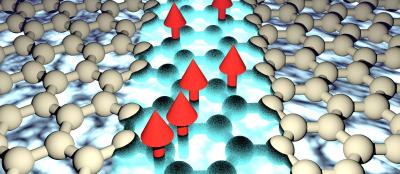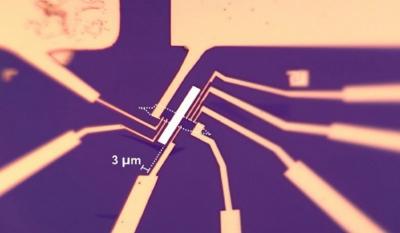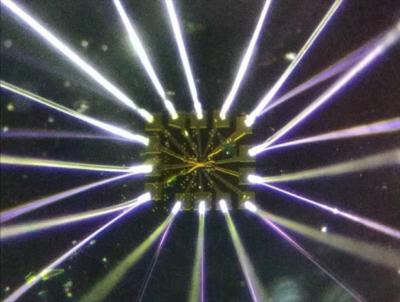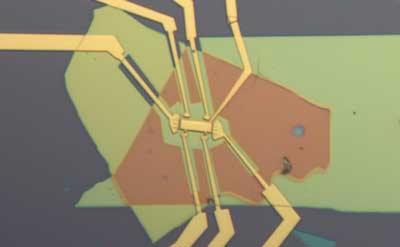
by MBF Admin | Apr 29, 2021 | 2D materials, Aerospace, AGM, Angstron Materials, Audio, Conductors, Development, Investment, Magnetism, Products, Research, Technical / Research
Researchers from Spain, Finland and France have demonstrated that magnetism and superconductivity can coexist in graphene, opening a path towards graphene-based topological qubits.Schematic illustration of the interplay of magnetism and superconductivity in a graphene...

by MBF Admin | Feb 27, 2021 | 2D materials, Aerospace, AGM, Angstron Materials, Audio, Development, Graphene applications, Investment, Magnetism, Products, Research, Spintronics, Technical / Research
An international research team, led by the University at Buffalo, has reported an advancement that could help give graphene magnetic properties. The researchers describe in their work how they paired a magnet with graphene, and induced what they describe as...

by MBF Admin | Sep 14, 2020 | 2D materials, Aerospace, AGM, Angstron Materials, Audio, Boron Nitride, Development, Graphene applications, Investment, Magnetism, Products, Research, Technical / Research
Researchers at the University of Basel in Switzerland, Budapest University of Technology and Economics in Hungary and National Institute for Material Science in Japan have developed a new, super-small device that is capable of detecting minute magnetic fields.A...

by MBF Admin | Mar 5, 2020 | 2D materials, Aerospace, AGM, Angstron Materials, Audio, Boron Nitride, Development, Graphene applications, Investment, Magnetism, Products, Research, Technical / Research
A collaborative group of scientists has designed a device that makes use of graphene’s assorted talents: superconducting, insulating, and a type of magnetism called ferromagnetism. The multitasking device could enable new physics experiments, such as research in...

by MBF Admin | Jul 28, 2019 | 2D materials, Aerospace, AGM, Angstron Materials, Audio, Boron Nitride, Conductors, Development, Graphene applications, Investment, Magnetism, MIT, Products, Research, Stanford, Technical / Research
Stanford physicists recently observed a novel form of magnetism, predicted but never seen before, that is generated when two graphene sheets are carefully stacked and rotated to a special angle. The researchers suggest the magnetism, called orbital ferromagnetism,...
by MBF Admin | Jul 22, 2019 | 2D materials, Aerospace, AGM, Angstron Materials, Audio, Boron Nitride, Development, Graphene applications, Investment, Magnetism, Products, Research, Technical / Research, University of Manchester
Researchers from the University of Geneva (UNIGE) in Switzerland and the University of Manchester in the UK have found an efficient way to control infrared and terahertz waves using graphene. “There exist a class of the so-called Dirac materials, where the...






